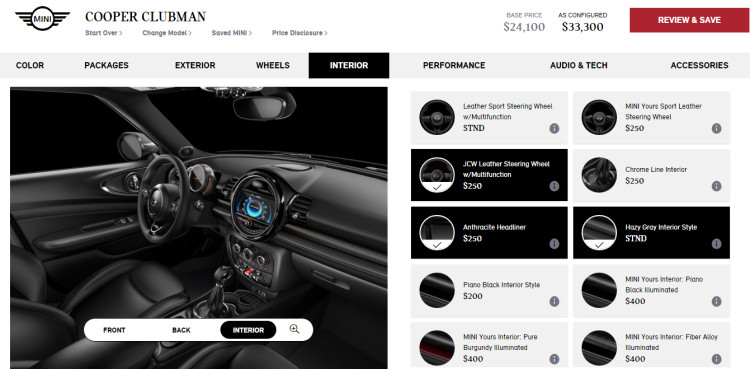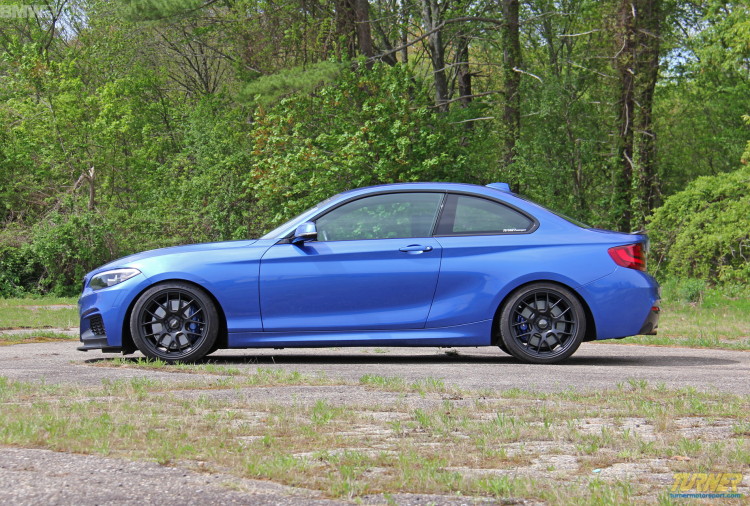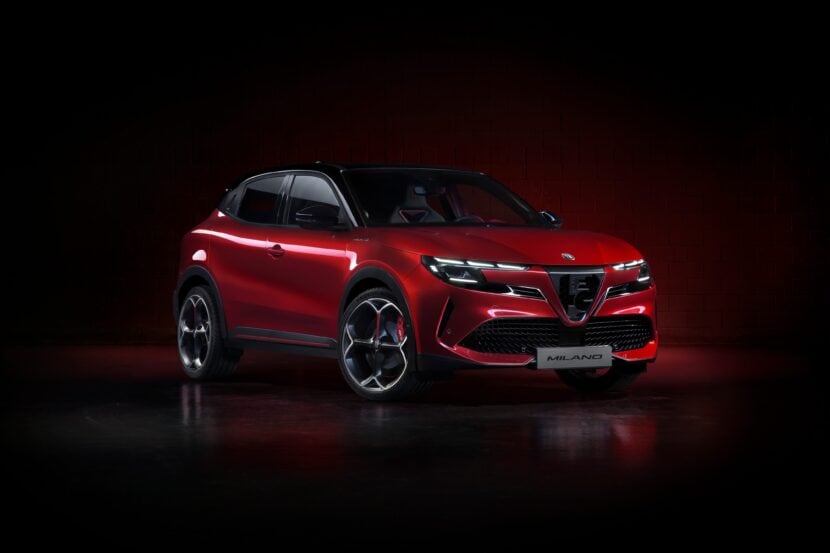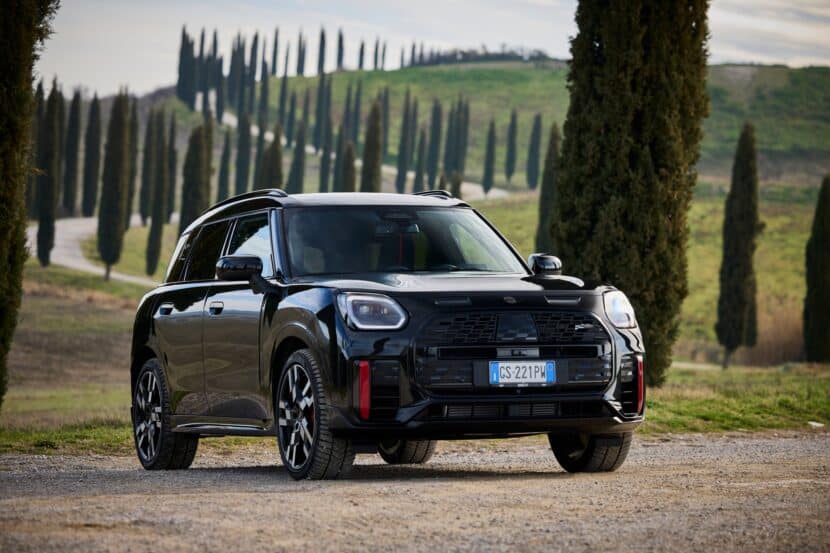BMW used to offer a somewhat a la carte options list, allowing customers to pick and choose most options specifically, without requiring them to purchase preset packages. BMW never reached the level of customization offered on Mustangs per se, but it still was enough. It allowed for a healthy amount of customization among BMWs, which is why you’ll see many different combinations of options in older Bimmers, like E36 and E46 models. However, that sort of customization seems to be missing from BMW’s current business model, as most options now require the purchase of expensive packages. It’s as if BMW stole Acura’s business model.
Admittedly, this package-based system allows for customers to get a certain value. By grouping options together, customers can actually save more money than they would have by selecting all of those options separately. However, many times customer don’t want all of the options in a specific package, therefor the supposed savings point is moot on them as they’re paying for options they don’t actually even want. So sometimes, the a la carte way is the better way.
BMW could take a look at one of its own companies to remedy this. MINI has offered excellent customization of its cars for ages now, allowing customers to select what seems like an endless amount of options. When designing a MINI, a potential customer can choose from a variety of different wheels, steering wheels, mirror colors, roof colors, bonnet stripe colors and the list goes on and on. At the end of it all, it’s as if MINI is selling snowflakes to its customers, with each one being completely unique to the next. This offers a lot of fun for customers who are buying cars that are designed to be exactly that…fun.
Now, we know that BMW isn’t always about fun, as it’s a premium luxury brand and sells cars to wealthy clientele, so fun and games doesn’t always go over very well. For instance, it’s unlikely a BMW 5 Series customer wants to pick out different mirror colors. However, the buyer of a BMW 2 Series or BMW M car might want to, so as to make their car stand out from the rest. And enthusiasts would like that level of uniqueness, so as to stand apart from the sea of middle-ages lessees who lease BMWs just for the badge.
A car like the BMW 228i would benefit so greatly from such a program, as it’s a car without much luxury but a quirky and fun personality. It’s also BMW’s least expensive vehicle and specifically caters to a younger audience. So allowing a 228i customer to customize their car a little bit might pull customers from brands that don’t, like Audi and Mercedes-Benz. It would also allow for someone with a relatively small budget to afford some parts of packages that would otherwise send the car out of their price range. For instance, if a young but successful 20-something year old wants a 228i, they’d be able to get the base model with a manual for fun, but only option some things that would make it sportier, like an M Sport steering wheel without the entire M Sport package. Or maybe they want the M Sport brakes but can’t afford the entire Track Handling Package, or navigation without the entire Technology Package. It would allow customers to customize their BMW and also cut the fat by removing the options they don’t need or want.
BMW, as well as every other premium automaker, is trying to attract a younger audience so as to get people into the brand while they’re young, who will then continue to move up in the BMW lineup as they get older. That’s the idea, anyway. But young people, by their nature, don’t have a lot of money and can’t always afford to buy these expensive packages. Young people also like to be fun and different, which is why MINI’s customization works so well. I think it would benefit both BMW and its customers to offer an a la carte style of option-choosing along side its packages. The packages would remain to present a better value proposition, but the a la carte system would be there to offer fun customization, as well as a way to attract younger buyers. BMW would stand out among the crowd of other premium automakers in the eyes of young customers, as it would allow them to create a unique car that’s different from everyone else’s. It works for MINI, BMW’s own brand, and it could work for BMW as well.







































































